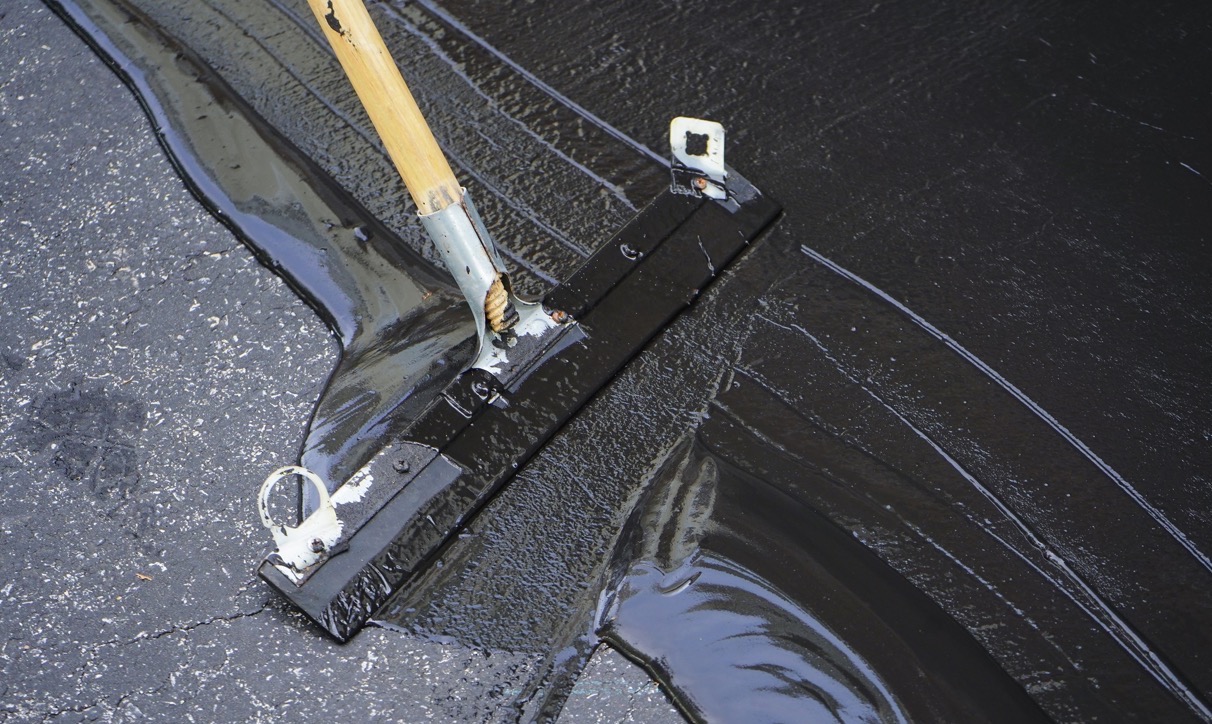

Articles
When Can You Walk On Driveway After Sealing
Modified: December 7, 2023
Learn when it is safe to walk on your driveway after sealing. Read our informative articles for expert advice and tips on driveway maintenance.
(Many of the links in this article redirect to a specific reviewed product. Your purchase of these products through affiliate links helps to generate commission for Storables.com, at no extra cost. Learn more)
Introduction:
When it comes to maintaining your driveway, one important task is sealing it to protect it from the harsh elements and daily wear and tear. However, once you’ve applied the sealant, you may be wondering when it’s safe to walk on the driveway again without causing any damage. The drying time of a sealed driveway can vary depending on several factors, including the type of sealant used, weather conditions, and cure time.
In this article, we will explore these factors in more detail to help you understand when it’s safe to walk on your driveway after sealing. By following the right precautions and considering the drying time, you can ensure the longevity and effectiveness of your driveway sealant.
Key Takeaways:
- Ensure you know the type of sealant used and consider weather conditions to estimate the drying time of your driveway after sealing. Following manufacturer’s guidelines and consulting professionals can provide accurate guidance.
- Before walking on a sealed driveway, follow recommended drying and cure times, take necessary precautions, and maintain proper drainage to protect the integrity and longevity of the sealant. Consulting professionals for specific guidance is advisable.
Read more: When Can A New Asphalt Driveway Be Sealed
Factors Affecting Drying Time:
The drying time of a sealed driveway can be influenced by various factors. Understanding these factors will help you estimate how long you should wait before walking on your newly sealed driveway.
1. Type of Sealant Used: Different sealants have different drying times. Water-based sealants tend to dry faster compared to solvent-based or oil-based sealants. It is essential to read the manufacturer’s instructions to know the specific drying time for the sealant you have used.
2. Weather Conditions: Weather conditions can significantly impact the drying time of your sealed driveway. Dry and warm weather with low humidity promotes faster drying, whereas cold and humid conditions can slow down the process. If you have sealed your driveway during summer, it may dry faster compared to sealing it during colder months.
3. Cure Time: While a sealant may dry to the touch within a few hours, it usually takes time to reach its full strength. This period, known as the cure time, can vary depending on the type of sealant and the environmental conditions. It is important to note that even if the surface feels dry, it may not have reached its maximum durability.
4. Thickness of Application: The thickness of the sealant application can also affect the drying time. If the sealant is applied too thickly, it will take longer to dry and cure. It is best to follow the manufacturer’s recommendations for the appropriate thickness of the sealant.
5. Ventilation: Proper ventilation plays a crucial role in the drying process. Adequate airflow helps evaporate the solvents and moisture from the sealant, speeding up the drying time. If the driveway is in an enclosed area or lacks proper ventilation, it may take longer for the sealant to dry.
By considering these factors, you can estimate the drying time of your sealed driveway more accurately. However, it is always recommended to follow the manufacturer’s guidelines for the specific sealant you have used and consult professionals if you have any concerns.
Type of Sealant Used:
The type of sealant you choose for your driveway can have a significant impact on the drying time. Understanding the different types of sealants will allow you to make an informed decision and have realistic expectations regarding the drying process.
1. Water-Based Sealants: Water-based sealants are popular due to their fast-drying nature. These sealants typically dry within a few hours, allowing you to walk on the driveway relatively quickly. They are also environmentally friendly and easy to clean up.
2. Solvent-Based Sealants: Solvent-based sealants, such as acrylic-based sealants, usually take longer to dry compared to water-based alternatives. It can take anywhere from 24 to 48 hours for solvent-based sealants to dry completely. These sealants provide durable protection and are resistant to oil and gasoline stains.
3. Oil-Based Sealants: Oil-based sealants are known for their longevity and ability to penetrate deep into the pavement. However, they require the longest drying time, often taking several days or even up to a week to fully dry. It is crucial to avoid any foot traffic during this period to prevent damage to the sealant.
When selecting a sealant, consider factors such as the climate in your area, the amount of foot traffic the driveway receives, and the desired level of protection. It is important to follow the manufacturer’s instructions regarding drying times to ensure the sealant can fully cure and provide optimal results.
Regardless of the type of sealant you choose, it is essential to apply it correctly by following the recommended application thickness and method. Improper application can lead to longer drying times or compromised durability.
Remember to wear protective gear, such as gloves and goggles, when applying sealant, and ensure proper ventilation during the drying process for better results. If you have any doubts or questions about the drying time for a specific sealant, consult the manufacturer or seek advice from a professional.
Weather Conditions:
Weather conditions play a crucial role in the drying time of a sealed driveway. The climate and environmental factors can affect the evaporation of moisture and solvents in the sealant, ultimately impacting the time it takes for the driveway to dry completely.
1. Temperature: The temperature is an important factor to consider. Warmer temperatures promote faster evaporation of moisture and solvents, leading to quicker drying times. In contrast, colder temperatures can slow down the drying process significantly. It’s recommended to avoid sealing your driveway if the temperature is below 50°F (10°C) or above 90°F (32°C).
2. Humidity: High humidity levels can prolong the drying time of the sealant. Moisture in the air prevents efficient evaporation, resulting in a slower drying process. If you reside in a humid climate, it’s important to take this into account and allow for additional drying time.
3. Rain and Moisture: It’s crucial to avoid sealing your driveway when rain is forecasted. Rainfall can wash away the sealant or introduce moisture into the drying process, hindering its effectiveness. Ensure that the weather forecast is clear of rain for at least 24 to 48 hours after sealing.
4. Wind: Wind can aid in the drying process by promoting evaporation of moisture and solvents. Light to moderate winds can help speed up drying times, while strong gusts may cause the sealant to dry unevenly or blow away. If wind conditions are extreme, it’s best to delay sealing the driveway.
It’s important to be mindful of the weather conditions during and after the sealing process. If unfavorable weather conditions arise while drying, consider allowing additional time for the sealant to cure properly. Always refer to the manufacturer’s guidelines for specific weather-related recommendations.
By taking weather conditions into account, you can ensure the best possible drying time for your freshly sealed driveway. Aim for a time when the temperature is within the recommended range, humidity is low, and rain is not expected to achieve optimal results.
Wait at least 24-48 hours before walking on a newly sealed driveway. This allows the sealant to fully cure and adhere to the surface, ensuring a longer-lasting finish.
Cure Time:
While the drying time refers to the period it takes for the sealant to become touch dry, the cure time is the duration it takes for the sealant to reach its maximum strength and durability. It’s important to differentiate between the two and understand the significance of allowing the sealant to fully cure before subjecting it to foot traffic.
The cure time varies depending on several factors, including the type of sealant used and the environmental conditions. In general, most sealants require at least 24 to 48 hours to cure before they can handle light foot traffic. However, it’s advisable to wait for a longer period to ensure the sealant reaches its optimal strength.
During the cure time, it is essential to avoid any heavy or sharp objects on the surface as they can leave impressions or damage the sealant. Additionally, vehicles should be kept off the driveway during the cure time to prevent any weight or tire marks.
It’s important to note that cure times can vary for different sealants. Water-based sealants may have a faster cure time compared to oil-based sealants that require several days or even up to a week to fully cure.
To determine when the sealed driveway has reached its maximum strength, consider the following indicators:
- Texture: The surface of the sealed driveway should feel firm and solid to the touch, indicating that the sealant has cured. If it still feels soft or tacky, it’s an indication that the cure process is not yet complete.
- Color: The color of the sealant may change slightly as it cures. It’s important to observe any color changes and ensure that the sealant has reached its desired hue before applying any additional treatments or subjecting it to foot traffic.
- Professional Guidance: If you are uncertain about the cure time or have specific concerns about the sealant, it’s advisable to consult professionals or seek advice from the manufacturer.
Remember, allowing the sealant sufficient time to cure is crucial for its long-term performance. Rushing the process can result in decreased durability and effectiveness of the sealant, leading to premature deterioration and the need for reapplication.
By following the recommended cure time and taking necessary precautions, you can ensure that your sealed driveway is ready to withstand foot traffic and provide the desired protection for years to come.
How to Determine If Sealed Driveway is Ready for Walking:
Before stepping onto your newly sealed driveway, it’s important to ensure that it has fully dried and cured to avoid any damage. Here are some ways to determine if your sealed driveway is ready for walking:
- Visual Inspection: Take a close look at the surface of the driveway. If it appears dry and there are no visible wet spots or sheen on the sealant, it is a good indication that the drying process is complete.
- Texture: Gently touch the surface of the driveway. If it feels firm and solid to the touch without any stickiness or tackiness, it is likely ready for walking. Avoid walking on the surface if it still feels soft or leaves marks when pressed.
- Cure Time: Refer to the manufacturer’s instructions for the recommended cure time of the sealant you have used. Even if the surface feels dry, it’s important to allow sufficient time for the sealant to reach its maximum strength. Waiting a few days beyond the recommended cure time can provide additional assurance.
- Weather Conditions: Consider the weather conditions during and after the drying process. If you have sealed your driveway during optimal weather conditions (dry, warm, and low humidity), the drying time may be faster. On the other hand, if you have experienced high humidity or rain during the drying period, it’s advisable to allow extra time for the sealant to dry and cure.
It’s important to exercise caution and avoid any unnecessary foot or vehicle traffic on the driveway until you are confident that it has fully dried and cured. Walking on a partially cured sealant can leave footprints, marks, or even cause damage to the surface.
If you are unsure about the readiness of your sealed driveway, it’s a good idea to consult the manufacturer’s guidelines or seek advice from professionals who specialize in driveway sealants. They can provide specific recommendations based on the type of sealant used and the unique circumstances surrounding your project.
Remember, patience is key when it comes to ensuring the longevity and effectiveness of your driveway sealant. By waiting for the appropriate drying and cure time, you can enjoy a well-protected and durable surface that will withstand the test of time.
Precautions to Take Before Walking on a Sealed Driveway:
Walking on a freshly sealed driveway requires caution to prevent any damage to the surface or compromise the effectiveness of the sealant. Here are some important precautions to take before walking on a sealed driveway:
- Follow Recommended Drying Time: It is crucial to adhere to the recommended drying time specified by the manufacturer. Even if the surface appears dry, the sealant may still be in the process of curing. Rushing this stage can lead to premature wear and compromise the durability of the sealant.
- Avoid Heavy or Sharp Objects: Before walking on the sealed driveway, make sure there are no heavy or sharp objects on the surface. These objects can leave indentations or cause damage to the sealant. Remove any debris or obstacles that could potentially harm the sealant or your shoes.
- Wear Appropriate Footwear: Opt for soft-soled shoes or sneakers when walking on a sealed driveway. High heels, cleats, or shoes with hard soles can leave marks or indentations on the surface.
- Take Extra Care During Cure Time: During the cure time, exercise extra caution to minimize the impact on the sealant’s integrity. Avoid dragging or sliding objects on the surface, as this can scrape off the sealant. Also, be mindful of the temperature, as extreme heat or cold can affect the curing process.
- Avoid Oil or Chemical Spills: Keep in mind that the sealant might still be vulnerable to oil or chemical spills during the initial days. Be careful not to spill any automotive fluids, solvents, or other chemicals on the surface, as they can weaken or stain the sealant.
- Maintain Proper Drainage: Ensure that your driveway has proper drainage to prevent water pooling. Excessive water can degrade the sealant and shorten its lifespan. Check for any signs of standing water after rain or irrigation and address any drainage issues promptly.
Following these precautions will help protect the integrity of the sealed driveway and maximize the longevity of the sealant. It’s important to communicate these guidelines to family members, visitors, and service providers to ensure everyone understands the necessary precautions to take.
If you have any concerns or questions about walking on a sealed driveway, it is recommended to consult the manufacturer’s instructions or seek advice from professionals who specialize in driveway maintenance. They can provide specific guidance based on the type of sealant you have used and the unique characteristics of your driveway.
By taking these precautions, you can confidently navigate your sealed driveway while preserving its appearance and ensuring its long-term performance.
Conclusion:
Sealing your driveway is an essential step in protecting it from the elements and maintaining its longevity. However, it’s important to understand the factors that can affect the drying time and take necessary precautions before walking on a sealed driveway.
Different sealants have varying drying times, and the weather conditions, such as temperature and humidity, can influence the drying process. Additionally, allowing sufficient cure time ensures that the sealant reaches its maximum strength and durability.
To determine if your sealed driveway is ready for walking, visually inspect the surface, check the texture, and consider the recommended drying and cure times. Factors like the type of sealant used and the environmental conditions during and after the sealing process also play a significant role.
Before walking on a sealed driveway, take precautions such as following the recommended drying time, avoiding heavy or sharp objects, wearing appropriate footwear, and being extra cautious during the cure time. It’s important to be mindful of oil or chemical spills and maintain proper drainage to protect the sealant.
By understanding these precautions and following the guidelines, you can ensure the effectiveness and longevity of your sealed driveway. If you have any concerns or questions, always refer to the manufacturer’s instructions or consult professionals in the field.
Remember, a well-maintained and properly sealed driveway not only enhances the curb appeal of your property but also provides a durable and protected surface for years to come.
Frequently Asked Questions about When Can You Walk On Driveway After Sealing
Was this page helpful?
At Storables.com, we guarantee accurate and reliable information. Our content, validated by Expert Board Contributors, is crafted following stringent Editorial Policies. We're committed to providing you with well-researched, expert-backed insights for all your informational needs.


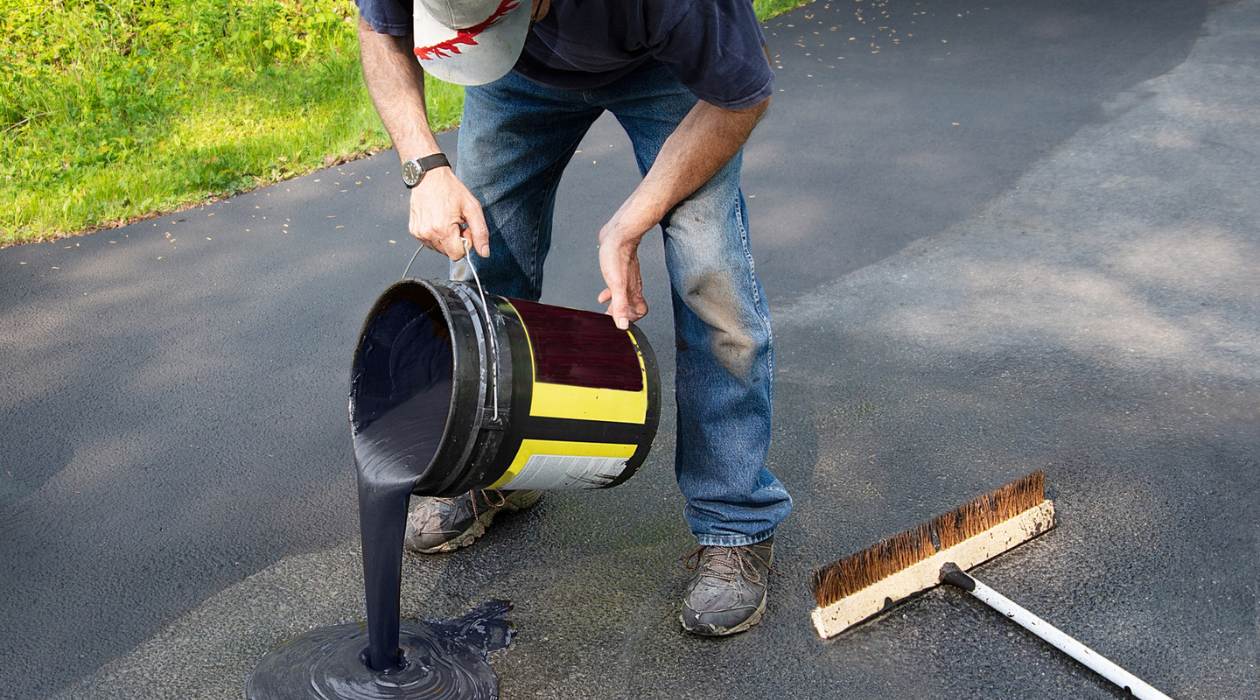
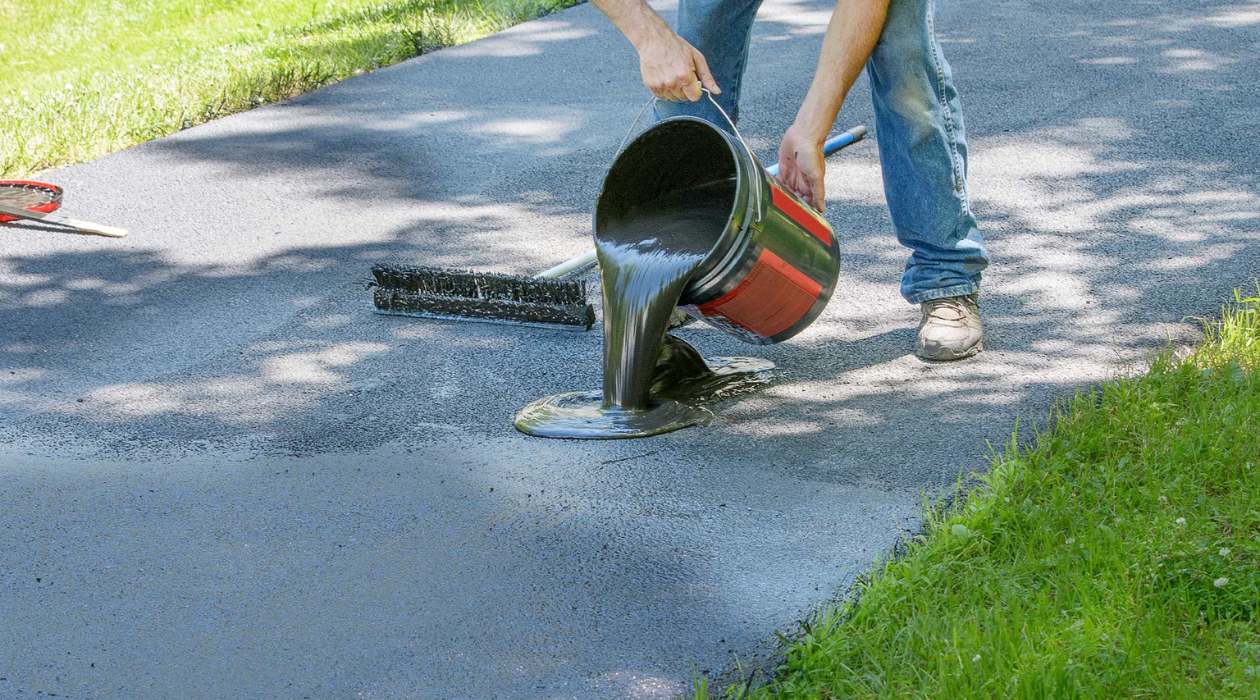
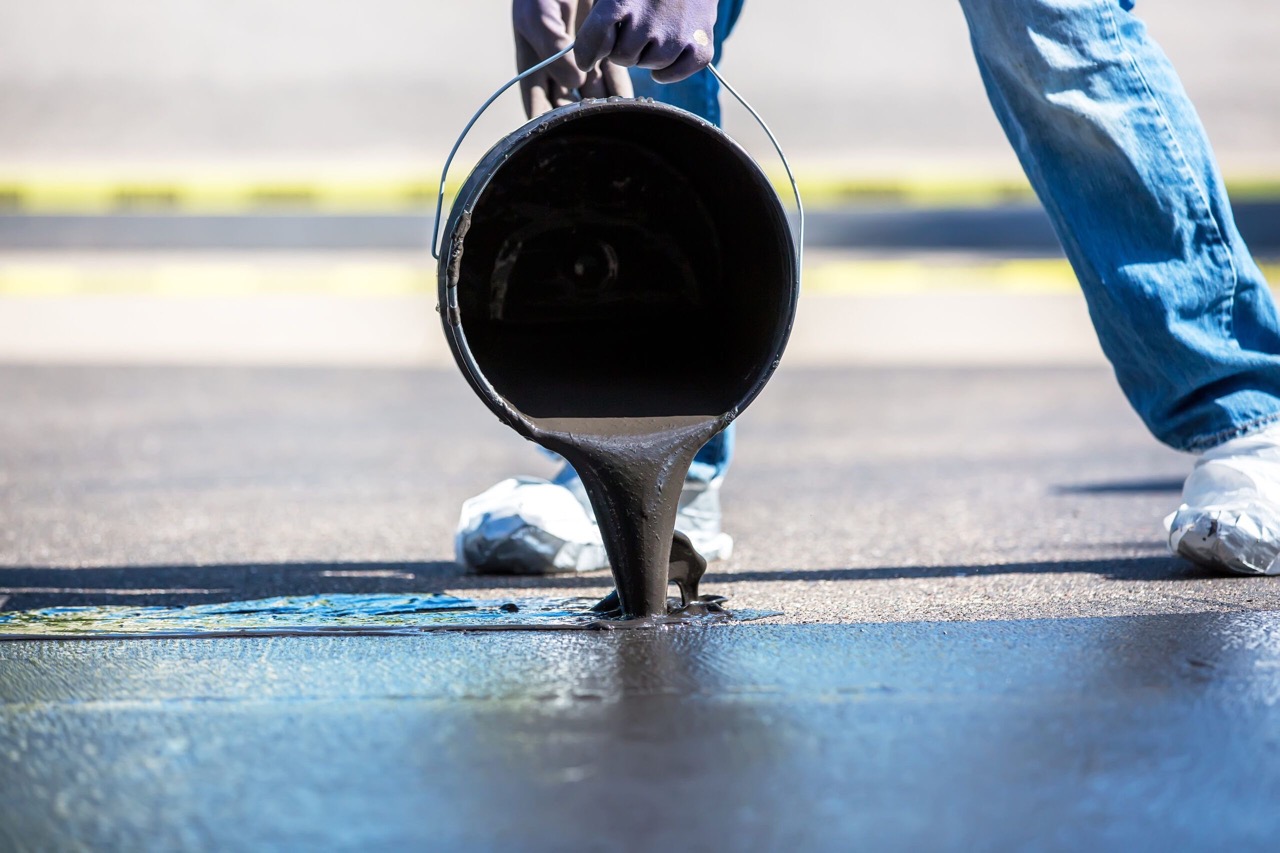
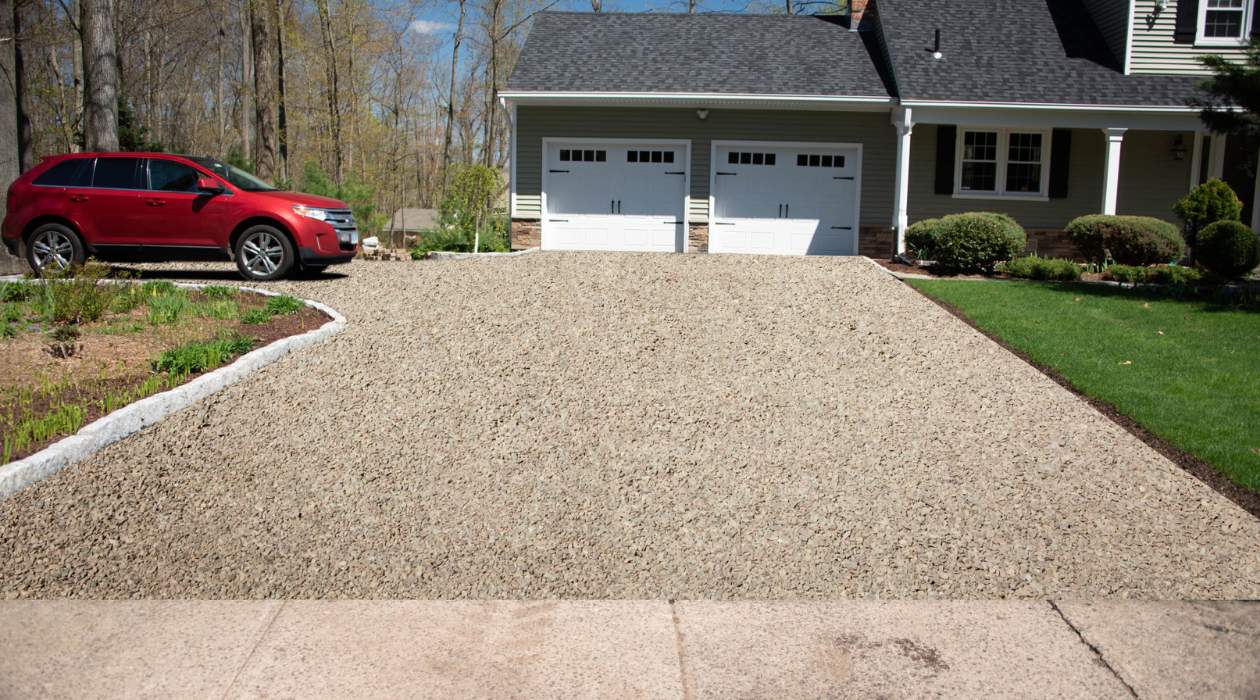
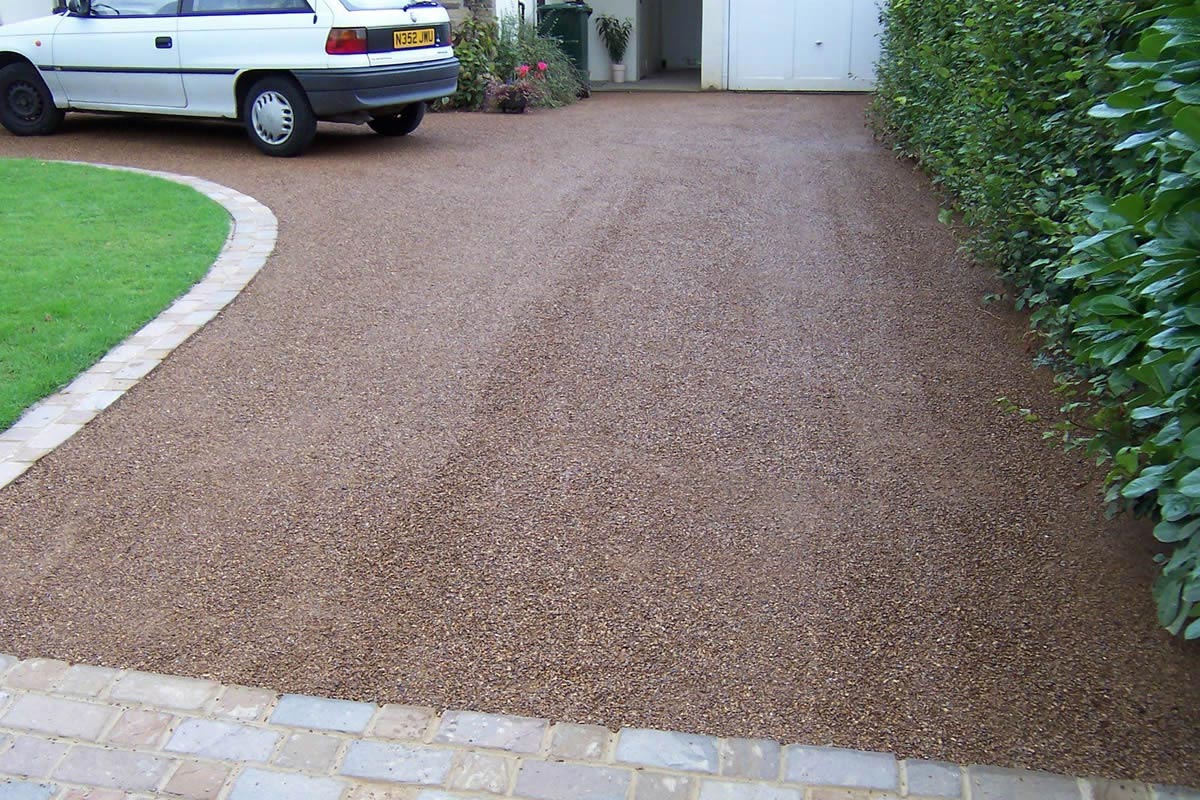
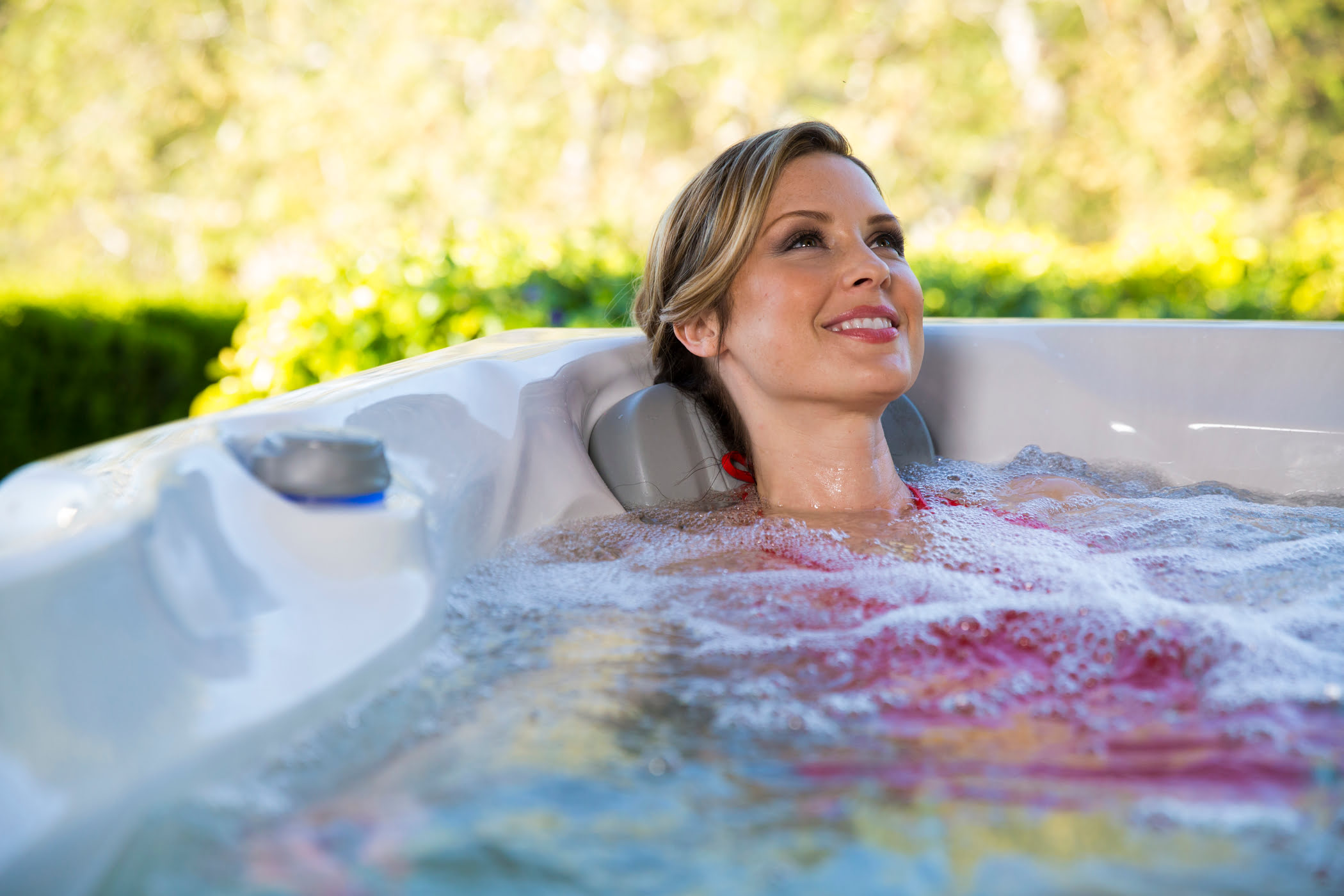

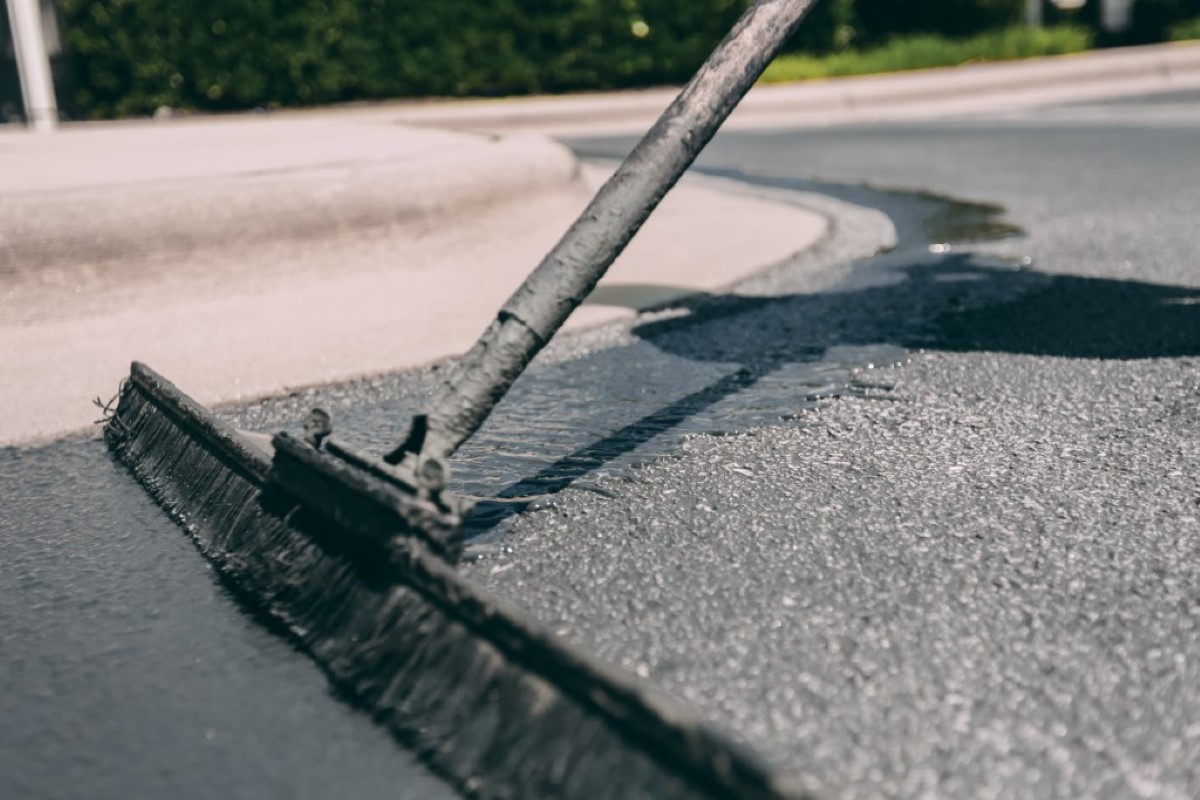
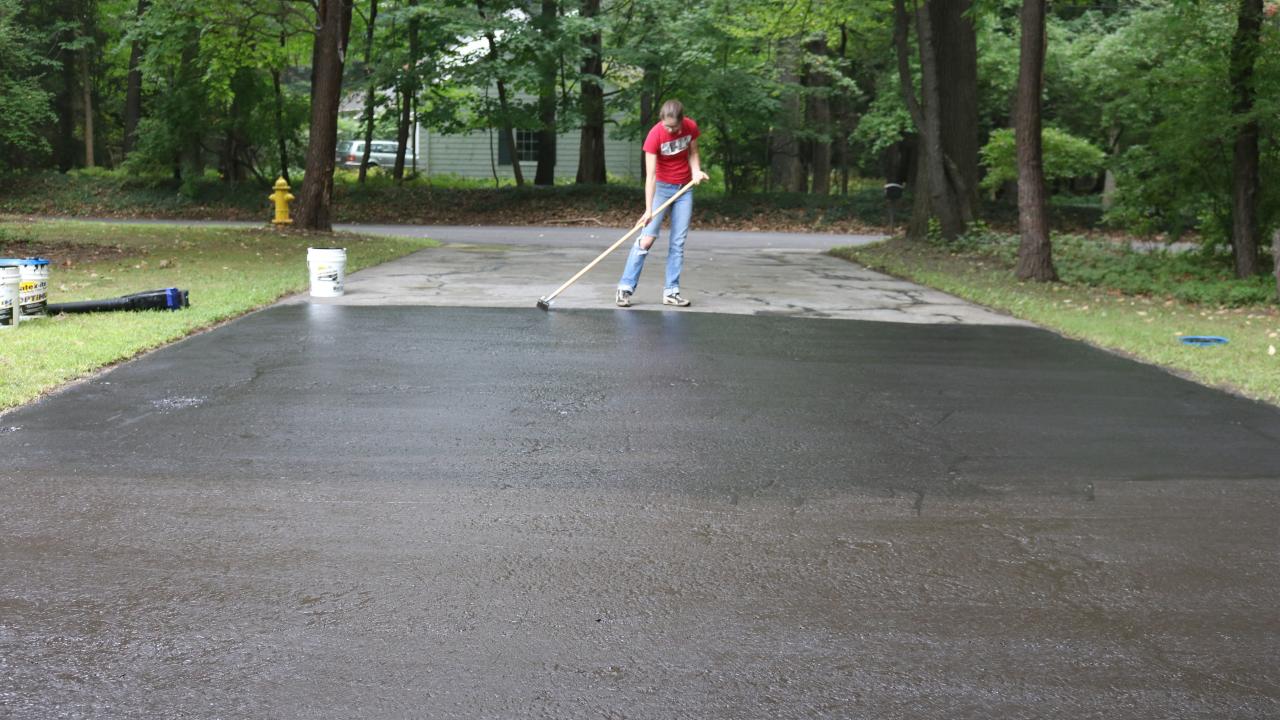
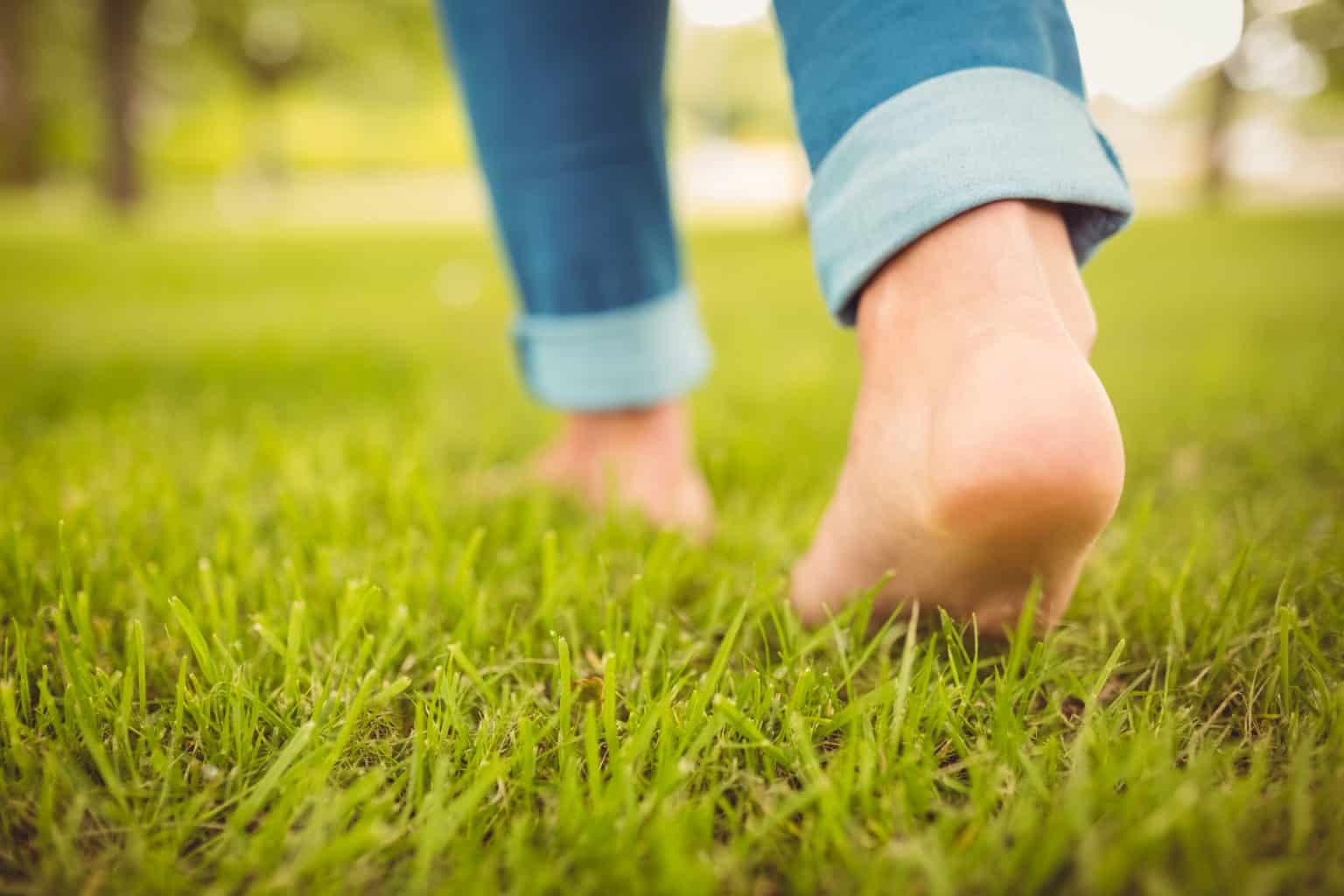
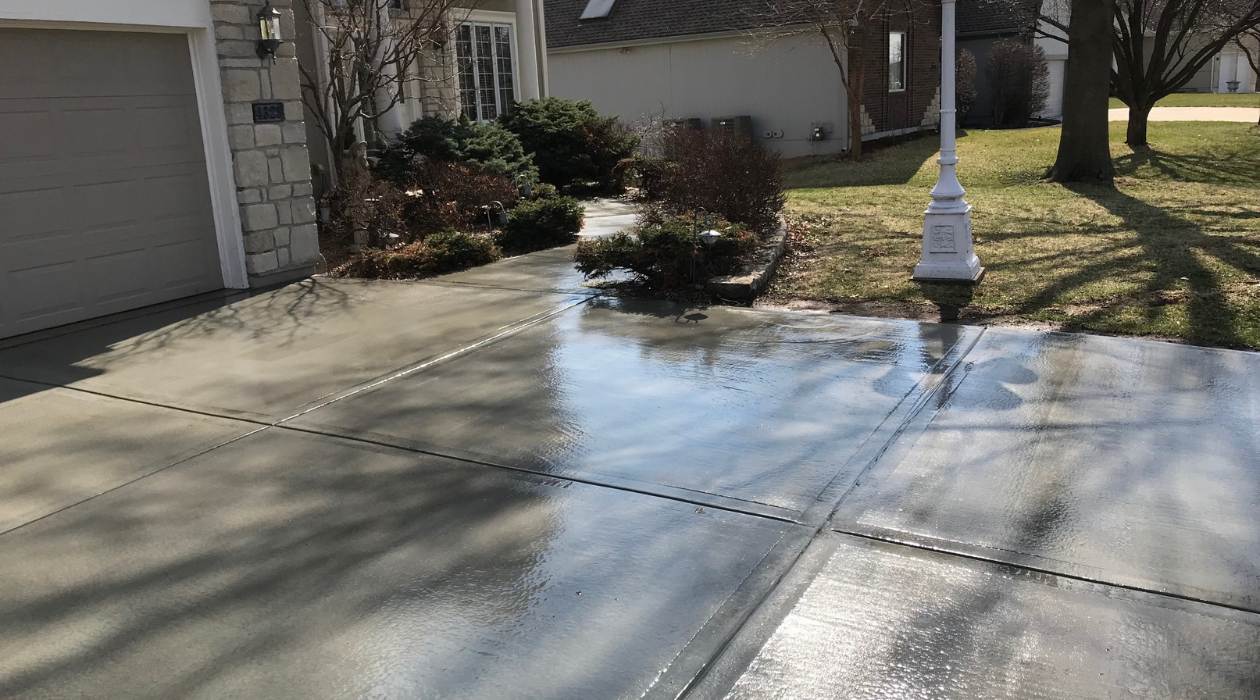
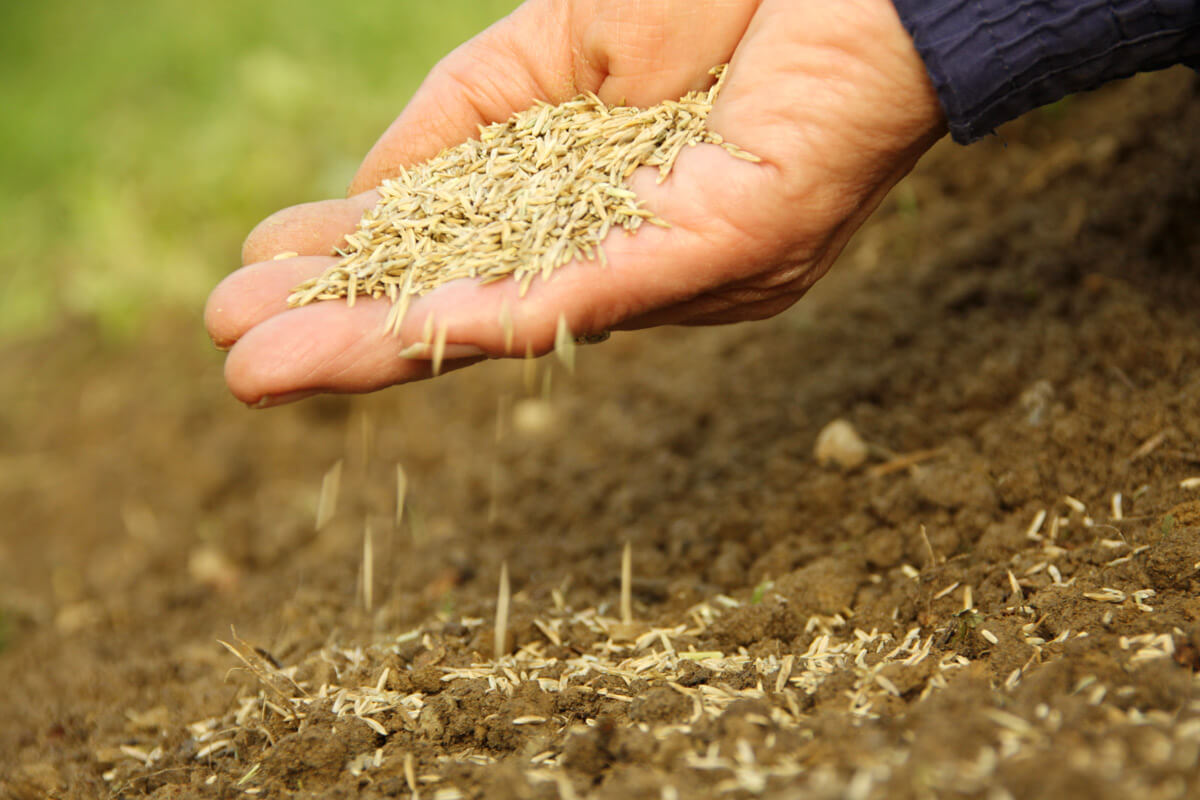

0 thoughts on “When Can You Walk On Driveway After Sealing”